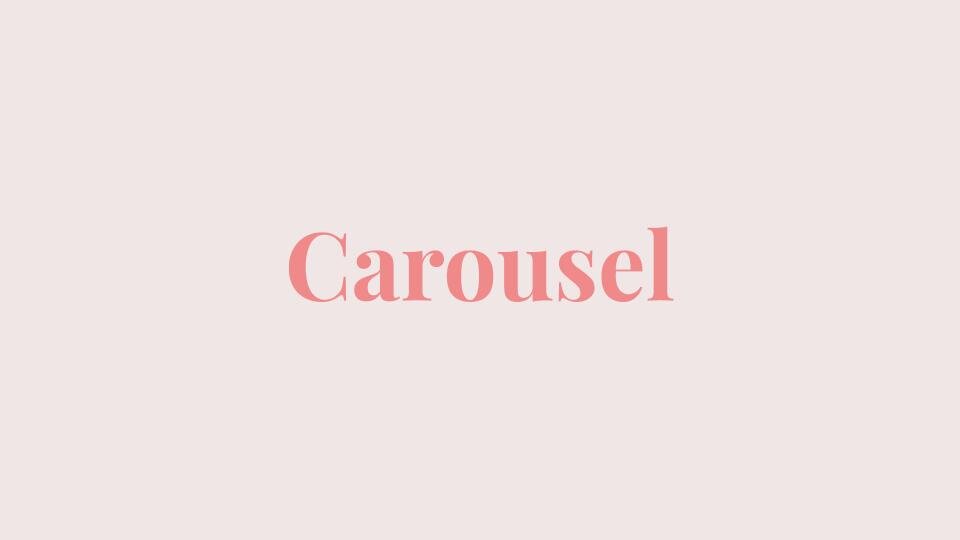3. The Bull, the Fox and the Ostrich
David Hawkins’ Advice for Handling Challenging Situations
When we are in distress, it’s common to have one of two reactions.
There’s the drive to fix and the drive to avoid.
The bull rushes into the china shop and the wiley fox plans an attack. While the ostrich buries its head in the sand.
But there is a third option that we typically under-utilise. The art of acceptance and surrender.
It’s the act of surrender that Dr David R. Hawkins is talking about in Letting Go: The Pathway of Surrender.
The pathway of surrender is acceptance.
The opposites of acceptance are resistance and efforting.
Acceptance isn’t about denial. Acceptance and awareness go hand in hand.
Acceptance is the ability to hold a situation, a thought or a feeling in non-judgemental awareness.
For most of us, this is a difficult task. Much of what we have taught ourselves is based on judgement; what is good; what is bad; what is acceptable and unacceptable; what is desirable and undesirable. And we expect change to come through our own effort. Hawkins is asking us to unravel this learning. So please give yourself a break if you find this hard.
In the Letting Go practice we learn to acknowledge challenging situations, thoughts and emotions without judging them as good or bad. Without denying them or trying to fix them. We simply allow them.
By inviting these emotions into your awareness, you free yourself from the considerable effort it takes to suppress, deny or change something. As you dedicate more time to this practice, situations or emotions that once caused intense suffering, have less intensity. As you get more comfortable with these feelings and gain confidence in the practice, you learn to welcome challenging experiences and emotions as opportunities for healing and release.
The trick is to hold your mind in stillness. To focus on your breath or other bodily sensations - rather than mental rumination, judgement and problem solving - as you call the challenging situation to mind.
Sometimes the physical sensations are noticeable. You may notice a feeling of pressure somewhere in your body. You may get hotter, start to cry, shake or sweat. Just notice and allow these physical sensations. They are not dangerous and in most cases are less uncomfortable than a mild headache.
You may have doubt that this exercise will help. If doubt crops up just allow that too. Where do you feel doubt on your body? Are there any other emotions behind the doubt?
You may also have a resistance to ‘letting go’ of a situation or an emotion. It’s OK to not want to let go. Rather than ‘letting go,’ you can just invite the emotion into your awareness. Or let go of the need to resist the emotion. Maybe you will spend 10 sessions just allowing an emotion into your awareness and being with it. ‘Allowing’ an emotion to rise into your awareness is an act of release in itself. Remember you are in charge. You can go as fast or slow as you like. You can bring any situation or feeling of suffering to the practice.
Here’s Hawkins’ Map of Consciousness to help you identify the emotions you are experiencing.
What Next?
What situation is causing you the most suffering?
What situation do you want to work on?
What impact did the Letting Go session have on your level of suffering?
The key to this practice is…regular practice.
I am thinking about hosting free weekly guided Letting Go sessions over zoom. The idea would be you can drop in as and when you need it, camera on or off, real name or alias. Thursdays at 9pm. For those impacted by cancer - patients and family and friends.
Let me know if you are interested in this in the comments below.
Or write to me at carouselmentalhealth@gmail.com
